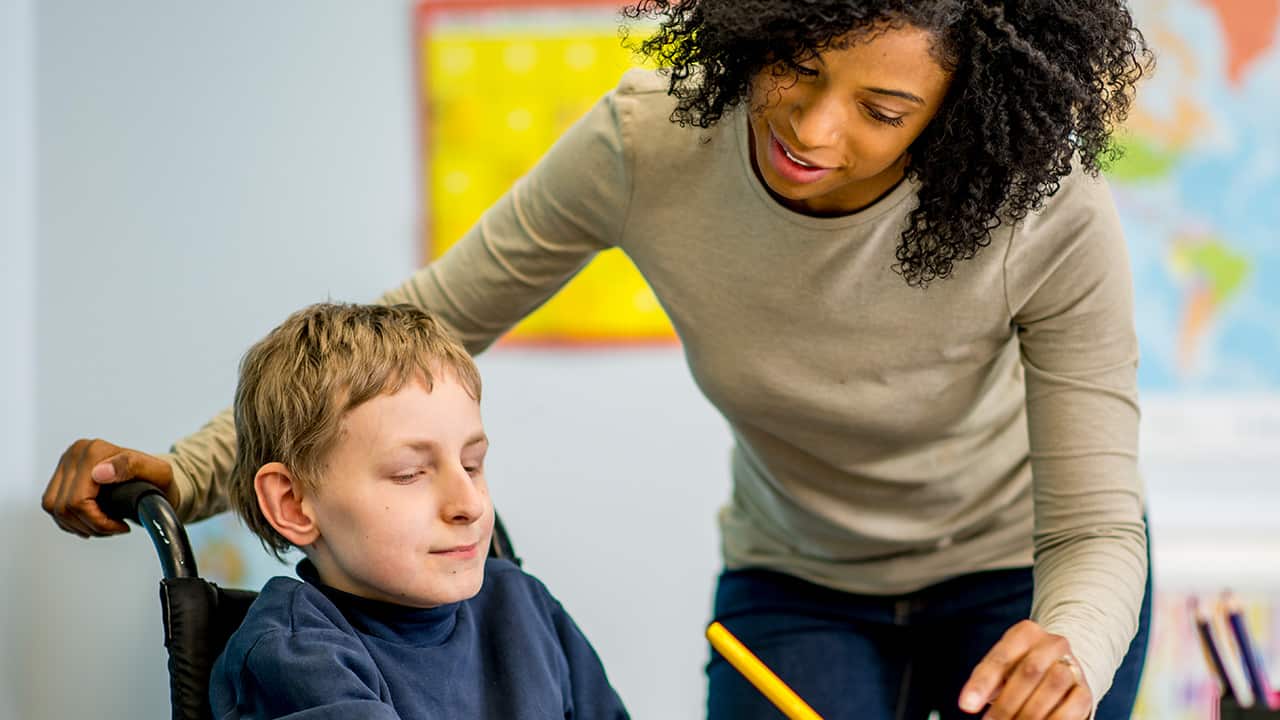1. Talk to colleagues
Guard against personal and professional isolation by connecting with peers. Use the natural break in your schedule to relate to colleagues during the day. Using email, video conferencing, or the phone is a great way to collaborate while staying socially distant.
2. Don’t be afraid to ask for help
Ask for resources, information, and assistance as soon as you identify the need. Peers, colleagues, supervisors, custodians, and administrators want to be helpful. You may be surprised at the amount of help you receive and the level of interest in student and teacher success. Education is a wonderful team effort!
3. Get some sleep and keep a consistent routine
Understand that it’s in your favor to rest your mind. A sufficient amount of sleep is necessary for performing to the best of your abilities. Without it, you may suffer the consequences the next day. It is easy to get off track during remote learning because you probably don’t have to wake up as early or put on the same “professional” wardrobe. It helps to try and keep your wake-up time and routine the same, whether you’re getting ready to go to the school building or your living room to start teaching.
4. Have some ”˜you’ time
Be sure to take time for yourself. Investing in your personal life, hobbies, interests, family, and friends can create a beautiful balance and prepare you for daily classroom work. If you are working from home, try and create some “you” space separate from where you work. It will help your mind switch between the “classroom” and “home.”
5. Walk it off
Everyone has days that are a little more stressful than others. Find time to walk around, get fresh air, take deep breaths, and return again to the work you enjoy with a new perspective.
6. Be flexible
As each week passes, you may find that plans you have made or initiatives you have begun require longer timelines than you had originally expected. Simply adjust and use the situation as a learning experience to set expectations or make quick shifts in the future.
7. Have a backup plan
Sometimes, the school day or the internet does not cooperate! If a lesson does not go as expected or is not going to work due to computer issues, focus on how you can approach the topic differently the next time. Always have a backup plan in case the lesson needs to be shelved for another day. You may find your backup plan is better than the original plan!
8. Leave it for tomorrow
Sometimes, at the end of a long day, it’s OK to leave planning and problem-solving for a new day. During remote learning, it often can be hard to separate work from home. Set a cut-off time for work, and when that time comes, shut down the computer and enjoy the rest of your night.
Infusing small strategies and habits to relieve stress will help you remain resilient and professional at work each day, regardless of the setting.


